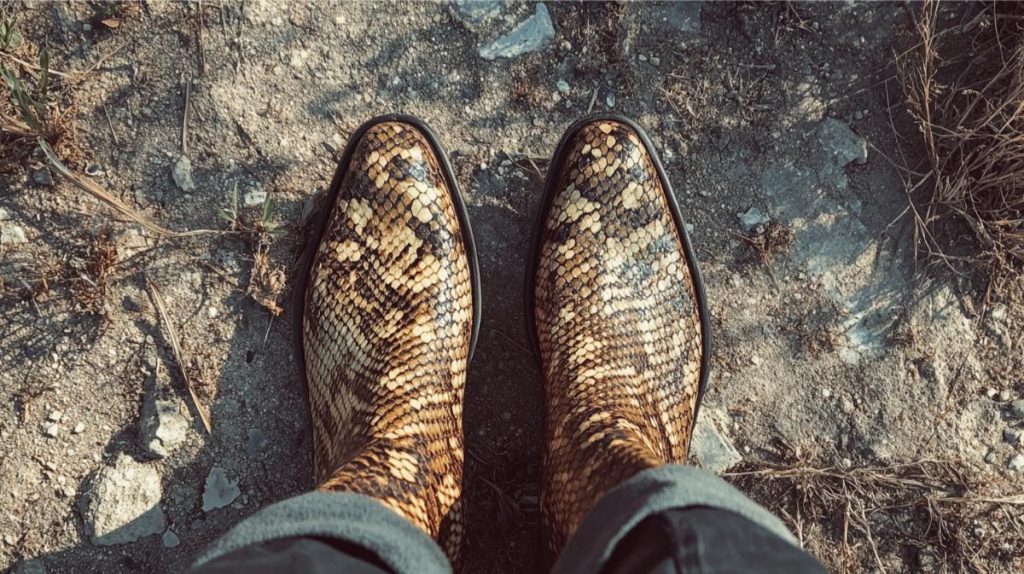Poaching is a big problem for animals around the world. It’s not just about losing a few creatures here and there. Poaching pushes many animals towards extinction, threatening entire species and the balance of nature.
You might wonder why this matters to you. Well, imagine a world without elephants, rhinos, or tigers. Sad, right?
But it’s not just about losing majestic animals. When poachers target certain species, they mess up whole ecosystems. This affects everything from the air you breathe to the food you eat.
Want to know how bad it is? Some animals face extinction mainly because of poaching. It’s like these creatures are vanishing before our eyes.
But don’t worry, there’s hope! People are working hard to stop poachers and save animals. You can help too, and we’ll show you how.
Key Takeaways
- Poaching drives many species to the brink of extinction, upsetting nature’s balance
- The loss of key species due to poaching affects ecosystems and human well-being
- You can play a part in wildlife conservation efforts to combat poaching
The Dire Impacts of Poaching on Wildlife and Biodiversity
Poaching wreaks havoc on wildlife populations and ecosystems. It pushes species to the brink of extinction and disrupts nature’s delicate balance.
Let’s see how this illegal activity threatens our planet’s biodiversity.
Unpacking the Illegal Wildlife Trade

You might be shocked to learn how vast the illegal wildlife trade really is. It’s not just about ivory and rhino horns. Poachers target all sorts of critters for various reasons:
- Exotic pets: Who wouldn’t want a cute tiger cub?
- Traditional medicine: Bear bile, anyone?
- Fashion: Snakeskin boots, coming right up!
But here’s the kicker – this trade is worth billions! It’s no wonder poachers keep at it. Sadly, this unsustainable use of wildlife is pushing many species to the edge.
Charting the Decline: Species on the Brink
Ready for some jaw-dropping facts? Poaching has put several species in the danger zone. The IUCN Red List is like a who’s who of animals in trouble:
- African forest elephants: Critically endangered
- Black rhinos: Critically endangered
- Amur leopards: On the brink of extinction
Conservationists are working overtime, but it’s an uphill battle. Every year, about 20,000 elephants in Africa fall victim to poachers. That’s a lot of gentle giants we’re losing!
Disrupting Ecosystem Balance
You know how nature loves balance? Well, poaching throws a big wrench in that. When you remove a species from an ecosystem, it’s like pulling a Jenga block from the tower – things get wobbly.
Here’s what happens:
- Predators lose their prey
- Plant-eaters run wild without natural checks
- Seed dispersal gets messed up
This domino effect can lead to habitat loss for other species. It’s a vicious cycle that keeps conservationists up at night.
So next time you hear about wildlife poaching, remember it’s not just about one animal – it’s about the whole ecosystem.
Conservation Efforts and Sustainable Practices

Saving endangered species takes teamwork and smart solutions. You’ll be amazed at how people are working together to protect animals and their homes.
Guardians of the Wild: Role of Protected Areas
Protected areas are like VIP lounges for wildlife. These special spots give animals a safe place to live and thrive. You might think of them as nature’s gated communities!
Wildlife conservation efforts have led to more protected areas worldwide. These areas help keep poachers out and give animals room to roam.
But it’s not just about fences and guards. Protected areas also:
- Preserve natural habitats
- Allow for scientific research
- Provide eco-tourism opportunities
You can visit many of these areas and see the animals up close. Just remember, you’re in their home now!
Innovations in Detection and Prevention
Conservationists are getting tech-savvy in their fight against poaching. It’s like they’re turning into wildlife secret agents!
New gadgets and gizmos include:
- Drones for aerial surveillance
- AI-powered cameras that can spot poachers
- GPS tracking devices for animals
These tools help rangers stay one step ahead of the bad guys. It’s like playing a high-stakes game of hide and seek, but for a good cause.
Promoting Sustainable Use and Local Involvement
Getting local communities involved is key to stopping poaching. After all, who knows the area better than the people who live there?
Sustainable use practices can help both animals and humans. This might include:
- Eco-tourism jobs
- Sustainable hunting programs
- Wildlife-friendly farming methods
When you give people a stake in conservation, magic happens. They become the eyes and ears of the forest, helping to protect their animal neighbors.
It’s a win-win situation. The animals get protection, and local communities get new opportunities. Now that’s what you call a happy ending!
